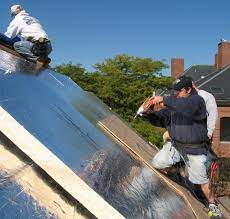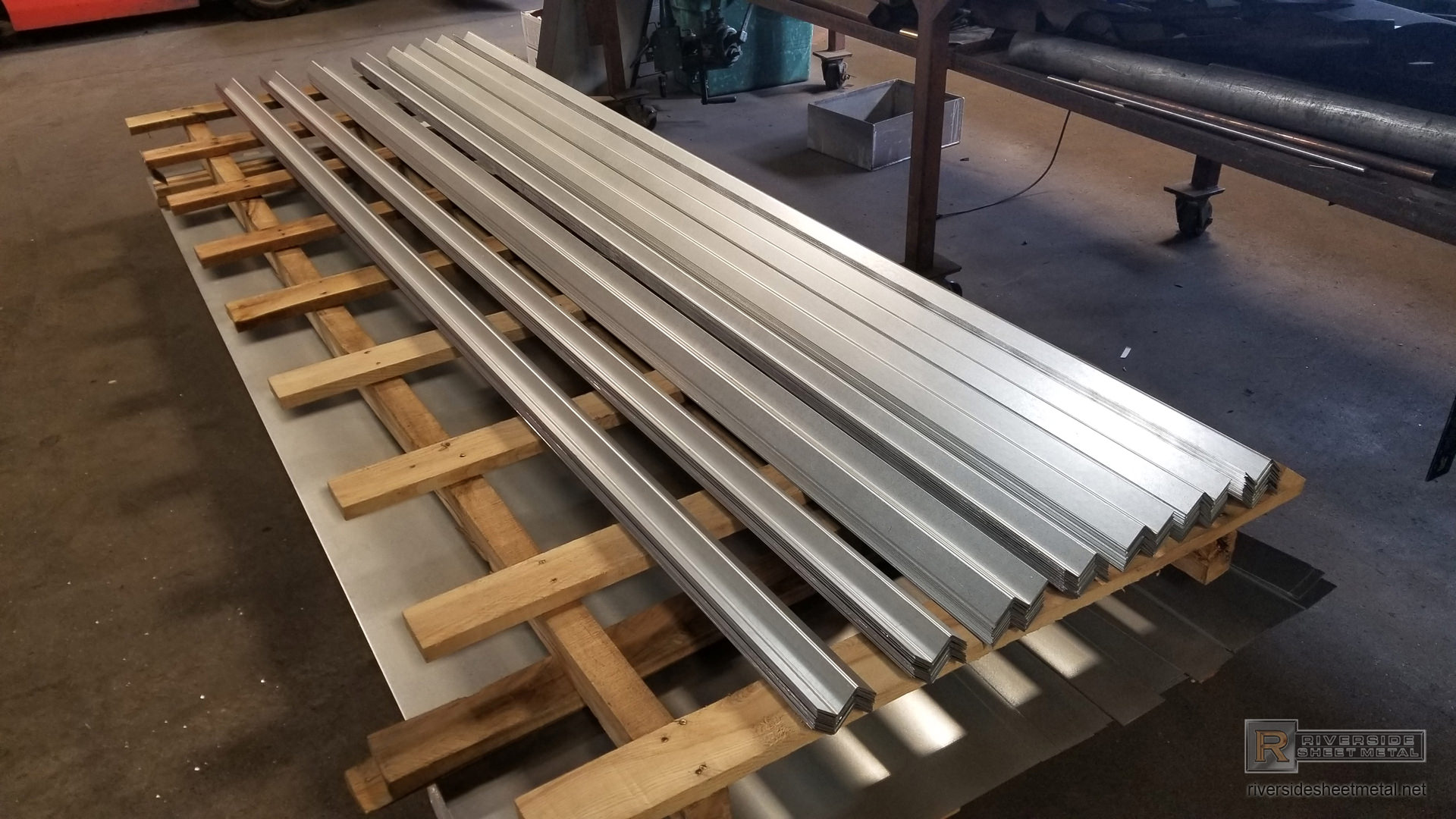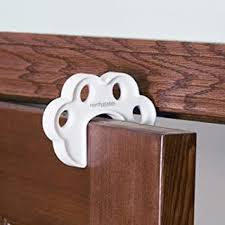Explaining Sound Transmission Class (STC) Rating
If you’re keen to learn more about STC ratings, you’re probably working on a construction project that’s out of the ordinary. Sound transmission class ratings are commonly used in situations where we wish to keep sound in or out, such as a sound studio, an outside wall that faces the road, or a bedroom over the noisy garage doors (link How to Soundproof a Garage Door when poster).
People use the sound transmission class or STC rating of a product when analyzing construction materials and acoustical equipment for sound reduction. We can determine how much sound is restricted from passing through a surface, because of different sources of noise, by analyzing its sound rating. Now, to put it simply, the STC rating is essential when attempting to limit the volume of sound entering or exiting a room. To learn more, we have prepared the ultimate guide in explaining Sound Transmission Class (STC) Rating.

What is Sound Transmission Class?
Technically speaking, STC is a measurement that is used to determine how effective soundproofing materials are at minimizing sound transmission between rooms. The decibel reduction in noise that a material/partition may give, abbreviated ‘dB,’ is used to calculate STC. Simply put, it determines how much sound a wall, for example, will prevent from reaching the opposite side.
When Did It Start?
STC ratings were first established in 1961 as a method to evaluate the efficiency of various types of walls, ceilings, floors, doors, and windows. A curve is developed by evaluating the transmission loss values at 18 of the most frequent frequencies (between 125 Hz and 4000 Hz) and comparing it to the conventional STC curves of reference.
The STC rating for your individual fixture is determined by the curve of reference your curve most closely resembles. For instance, if one of your walls creates a curve that roughly resembles the typical STC 40 curve, your wall is considered to have an STC of 40. In essence, the greater the STC rating, the better at blocking sound at the most prevalent frequencies a material is.
Understanding STC
To explain it more, a score of 20 is regarded as poor, while a score of 60 is regarded as good. For instance, if you were in a room with an STC rating of 20, you might hear someone speaking at a low volume through that wall. That conversation would not be heard if the same wall had an STC rating of 60.
Many construction standards now mandate condominiums and townhouses to have an STC of 50 or higher, with luxury hotels and condos having an STC of 60 or higher. A normal 24” wood stud wall with 12” drywall, for instance, has an STC of 32.
Video: STC Ratings and You
How to Measure STC Rating?
Calculating STC ratings may appear difficult at first, but it isn’t as difficult as you would imagine. The ASTM E90 standard (official website) specifies the procedure for determining ratings for windows, walls, and ceilings. The first step in grading a product is to calculate the material’s transmission loss at various frequencies.
The material divides two rooms containing measuring equipment, one labeled as the source room and the latter as the reception room. At several one-third-octave band frequencies ranging from 125 Hz to 4000 Hz, the sound pressure levels in both rooms are compared. The difference is used to calculate the material’s transmission loss in each frequency range.
Each transmission loss measurement is determined from the graph and compared to a standard set of STC contours, with the contour with the closest match determining the material’s STC rating. If your findings closely reflect the curve for an STC value of 50, then the material you tested has an STC rating of 50.
Is a Higher or Lower STC Rating Better?
More sound is prevented from passing through the surface as the rating increases. If your walls have a low rating, you will be able to hear practically everything that is going on on the other side (more of this later), and you may even be able to understand someone speaking quietly.
If your walls have a high rating, on the other hand, you may play music pretty loudly without bothering your neighbors. The STC rating table below will help determine which level is ideal for your application.
| STC | What can be heard at this level |
| 25 | Soft speech can be heard and understood |
| 30 | Normal speech can be heard and understood |
| 35 | Loud speech can be heard and understood |
| 40 | Loud speech can be heard, but not understood |
| 45 | The threshold at which privacy begins |
| 50 | Loud sounds can be heard, but are very faint |
| 60+ | At this level, good soundproofing bedins. Neighbors generally are not disturbed by very loud speech from inside. |
What Are the Recommended STC Ratings?
If you’re not sure what rating would be best for your project, there are several guidelines you may follow to assist you to figure out your target range. The National Research Council of Canada (official website) studied the relevance of sound insulation and discovered that an effective STC rating of 55 is recommended, with 60+ being optimal, especially in areas where music would be played.
Most noises will be muffled with these parameters, but if all you want to do is add privacy to your conversations, an STC rating of 45 should be enough.
The Works of STC Products
One thing to bear in mind is that the STC only evaluates frequencies between 125 to 4000 Hz, and one typical difficulty with this sort of categorization is that many typical noise concerns can be ascribed to sounds that are typically below or above this range.
Bass drums (know more about soundproofing of rooms here), low male voices, and trucks are all examples of noises that can start at 50 Hz; high-pitched female voices, shrill phone ringing, and automobile horns are examples of noises that rise over the 4000 Hz range.
This explains why, despite spending tens of thousands of dollars on professional acoustical engineers and receiving hundreds of pages of tested soundproofing materials with lab testing of STC 50 and higher, many large projects still receive complaints about poor acoustic performance.
Video: Rating Soundproofing Products | Indow
Identifying a Good STC Rating
The type of noise problem you’re seeking to address and the results you want to attain are both important factors in determining an appropriate STC rating. When you have garage band practice in your basement, what works well for a typical conversation level between two neighboring apartment rooms may fail spectacularly!
Also, based on whether the walls are shared with a neighbor or the room is directly underneath a kitchen with considerable traffic, an acceptable STC rating for walls may vary from an acceptable STC rating for floors. Anything below an STC rating of 40, on the other hand, may elicit complaints about paper-thin walls. Most things happening on the opposite side of the wall may be heard at these low levels. That being said, how will you know if your walls and windows have poor ratings?
Identifying a Good STC Rating on Windows and Walls
If you reside in a house with low STC ratings, you’re likely to hear noises from the outside as well as from different places within. For example, imagine your A/C unit is located outside your window, and you can hear the buzzing sounds from outside your window, this means that your windows have a low STC rating.
Another example, if you have a poor STC rating on your walls and your bedroom shares a wall with the living room, you will surely hear your family speaking and watching TV while you’re in the room. But, don’t worry, these problems have a solution…
Improving STC Ratings
It’s difficult to provide adequate soundproofing without taking up too much room when constructing thin stud walls. It may not always be a simple task, since there may be structural and thermal changes to take into account. There’s also the aesthetics; adding another layer to a wall needs a significant amount of furniture removal and refurbishing.
The simplest approach to improve an STC rating is to add mass to a wall, but this may come at the expense of an important floor area.
1. Improving STC Ratings on Your Wall During Construction
Soundproofing is frequently considered after a structure has been built. However, the following are some of the most effective strategies to raise a wall’s STC rating during construction.
| Resilient channels | Resilient channels can be quite effective. With drywall panels bolted on top, the channels are attached to both wood and metal supports. Noise and vibration have a hard time getting to the exterior wall if the installation is done properly and the drywall is insulated from the struts, leading to transmission loss. |
| Alternative stud arrangements | Alternative stud arrangements, like staggered-stud or double-stud construction, are a costly technique to increase an interior wall’s rating while it is being built. But it’s one of the most effective solutions out there. |
2. Improving STC Ratings on Existing Walls
Resilient channels aren’t suggested for increasing STC ratings on existing walls as a retrofit. For them to be effective, there is inadequate space between the wall and the new layer of gypsum.
Fiberboard-based products are inexpensive and simple to incorporate. The boards provide virtually little soundproofing as a stand-alone solution, but when put behind a layer of drywall, ratings rise by 3 to 5 points.
Metal sound clips also function in a similar fashion as resilient channels, except they may be added after the construction. They obtain good STC rating improvements by using a similar approach of panel isolation. Installation, on the other hand, is time-consuming and costly.
Overall, adding a single or dual layer of drywall to existing walls is the greatest technique to increase STC ratings.
Video: #10 Sound Isolations – 10 tips to improve STC of walls – Sound Noise Acoustics
In Conclusion
It is self-evident that people who live and work in quieter areas get along better. Low STC ratings on interior walls are no longer acceptable. Particularly when STC ratings in the 50s and 60s are within reach.
But now that you have a better understanding of STC ratings and how they might help soften the noises in your environment, it’s time to determine what that means to you. If you’re having noise problems, there are a few easy things you may do to solve the problem.
It all boils down to the source of the noise and your own tolerance limits. You’ll never realize how bothersome those things are until they’re no longer there.



